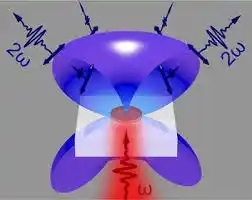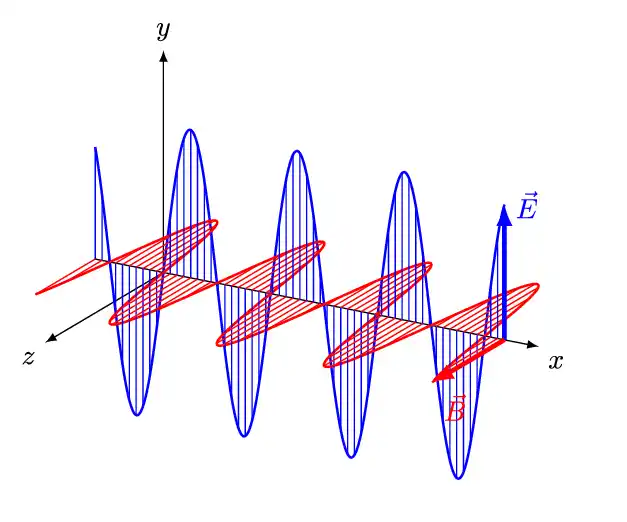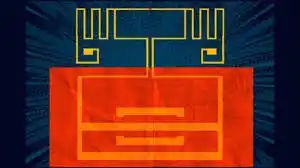افشین رشید
اُستادیار ؛ عضو هیات علمی دانشگاه آزاد اسلامی واحد علوم و تحقیقات تهران
615 یادداشت منتشر شدهStructure and Construction of Nanocommunication System - Rectenna

Note: The combination of optical antennas with a suitable rectifier system, which is called Rectenna for short, is used in nanocommunications and power transmission in the microwave band. It is also used in nanoelectric energy generation.
This combination was introduced to convert solar light energy into electrical energy and is rapidly being developed and researched. While the efficiency of common solar cells on the market is about 30 percent at best, two to three times this efficiency can be achieved for Rectennas. It should be noted that Rectennas have been used in recent years, especially in the field of power transmission in the microwave band. For example, in theory, for a single frequency of 9.2 GHz, more than 10 percent efficiency has been predicted . Of course, this is while the practical efficiency of manufacturing these devices may be slightly different and the transmission power of nano-terahertz frequencies must be determined in practice.

A dipole antenna with linear polarization and length 2/λ, which has a relative bandwidth of 11%, will be able to collect about 75.2 pW. For the same specifications, if an antenna with dual polarization is used, the power will be 5.5 pW. Due to the low received power of each independent antenna, it is common to use antenna arrays in this cell, which also has its own rules and methods. An antenna is a device that can receive electromagnetic waves in space. In order for an antenna to receive a solar electromagnetic wave, the dimensions of the antenna must be on the order of the wavelength entering its surface. Therefore, to receive solar radiation that includes infrared, visible, and ultraviolet wavelengths, an antenna with nanometer dimensions is needed. Since the use of optical nanoantennas for collecting solar energy provides a practical solution with high efficiency compared to other common photovoltaic technologies such as solar panels, it has led to rapid development in the nano and optical materials industry.

Flow generation using the Nano Rectenna method
When the solar electromagnetic wave hits the surface of the nanoantenna, a time-varying current is created on the surface of the nanoantenna, resulting in a voltage at its feed slot. Therefore, by placing a suitable rectifier or Rectifying Antenna at the feed slot of the nanoantenna, the desired DC power is generated. In the solar rectenna system, millions of nanoantennas are placed next to each other along with a suitable rectifier, and each one individually generates electrical energy using sunlight. The conversion of solar light energy absorbed by the antenna is done by a suitable rectifier. The suitable diodes for this frequency range are 12 MIMs.
Since nanoantennas have a wide-angle absorption capability, their efficiency is maintained to a significant extent even when the solar radiation is oblique to the surface of the solar panel. This system can also absorb energy radiated from the Earth, or terrestrial radiation, which is caused by the daily solar radiation to the Earth's surface and occurs at wavelengths of 10 micrometers , i.e. frequencies of about 90 terahertz. For this reason, the nanoantennas of the solar rectanguage system can also generate electrical energy by collecting this radiation at night or in bad weather conditions.